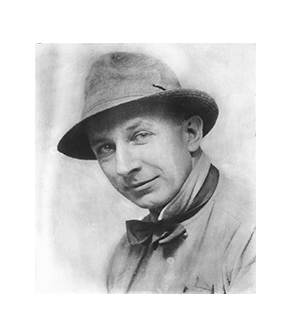Men of the Docks - George Bellows (1912)
Size 114.3 cm x 161.3 cm
Medium - Oil on canvas
It is a bleak winter's day down on the
frozen waterfront of the East River in Brooklyn. The men huddle, their hands
thrust into their pockets and their jacket collars turned up against the bitter
chill. It has been a long, cold wait for these day laborers. They are anxious
to hear if they will be offered work, loading and unloading cargo from the
docked ocean liner. Work is low paid and uncertain.
Men of the Docks is a
114.3 x 161.3 cm oil painting on canvas. It is seen as a painting which
presents the situation of solidity the way a normal man would see it holding
onto the scene through reality.
 Upon closer observation, you will see
their faces are just a few lines of paint. Their body language -hunched
shoulders, hands in pockets and the anxious glance over a shoulder conveys
their mood. It may be that they are waiting for an announcement, a call of
names for those to be employed on the day. A man, to the left of the painting
appears to be leaving, probably having been told he is not chosen. His head bowed,
the artist portrays a sense of rejection.
Upon closer observation, you will see
their faces are just a few lines of paint. Their body language -hunched
shoulders, hands in pockets and the anxious glance over a shoulder conveys
their mood. It may be that they are waiting for an announcement, a call of
names for those to be employed on the day. A man, to the left of the painting
appears to be leaving, probably having been told he is not chosen. His head bowed,
the artist portrays a sense of rejection.
Across the
river is the skyline of lower Manhattan, which represents the beating heart of
modern capitalism. Yet observing from across the Brooklyn bridge, Manhattan
seems distant, cold and separated. In New York, some of
the world's wealthiest individuals rubbed shoulders with the very poor. While
companies competed to build the tallest and most dazzling skyscrapers, the
immigrants and working-class Americans who helped construct the city, lived in
crowded tenements and slum conditions.
The painting was created in the same
year the Titanic sank to the bottom of the ocean. The large steam powered ocean
liner portrayed in the painting would have had luxury accommodation for the
rich, while the lower class travelers had separate accommodation below
deck. The painting prompts the audience
to think of the social disparities of the present times.
George Bellows is an American realist painter known for his bold depictions of urban life in New York City. He was part of the Ashcan School, which was an artistic movement in the United States during the early 20th century. He is best known for portraying scenes of daily life in New York, often in the city's most impoverished neighborhoods. The movement has been seen as symbolic of the spirit of political rebellion of the period.